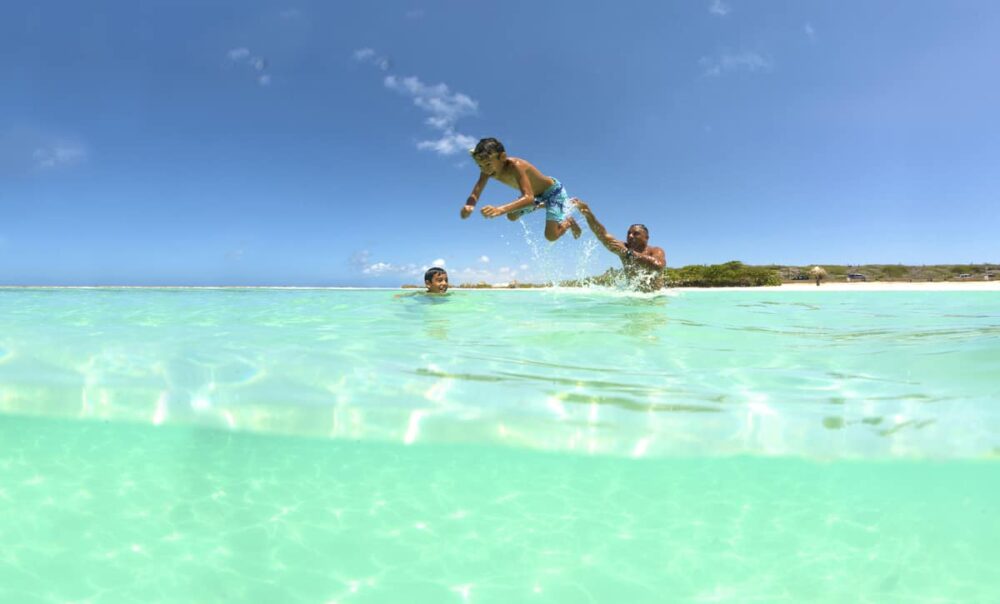Every day, our team helps top travel and hospitality brands create and share stunning visual stories effortlessly. We see firsthand how visual storytelling is a universal language that empowers these organizations to inspire and connect with travelers all over the world.
That’s why we were thrilled to recognize a pioneer in the hospitality industry and present Aruba Tourism Authority with the Libris by PhotoShelter Pioneer in Visual Storytelling Award at the HSMAI Adrian Awards in New York City.
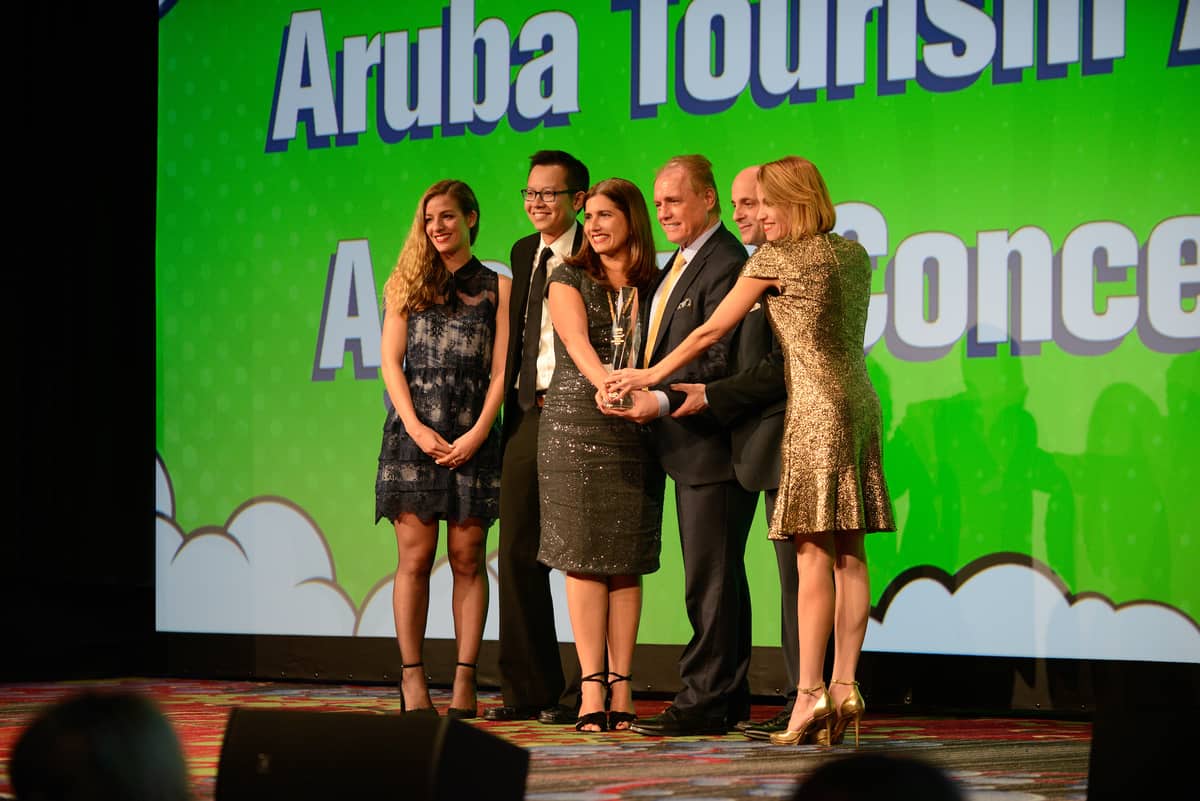
This year’s winner wowed us with an interactive map 360° Map of Happiness that invites viewers to explore through photos and videos.
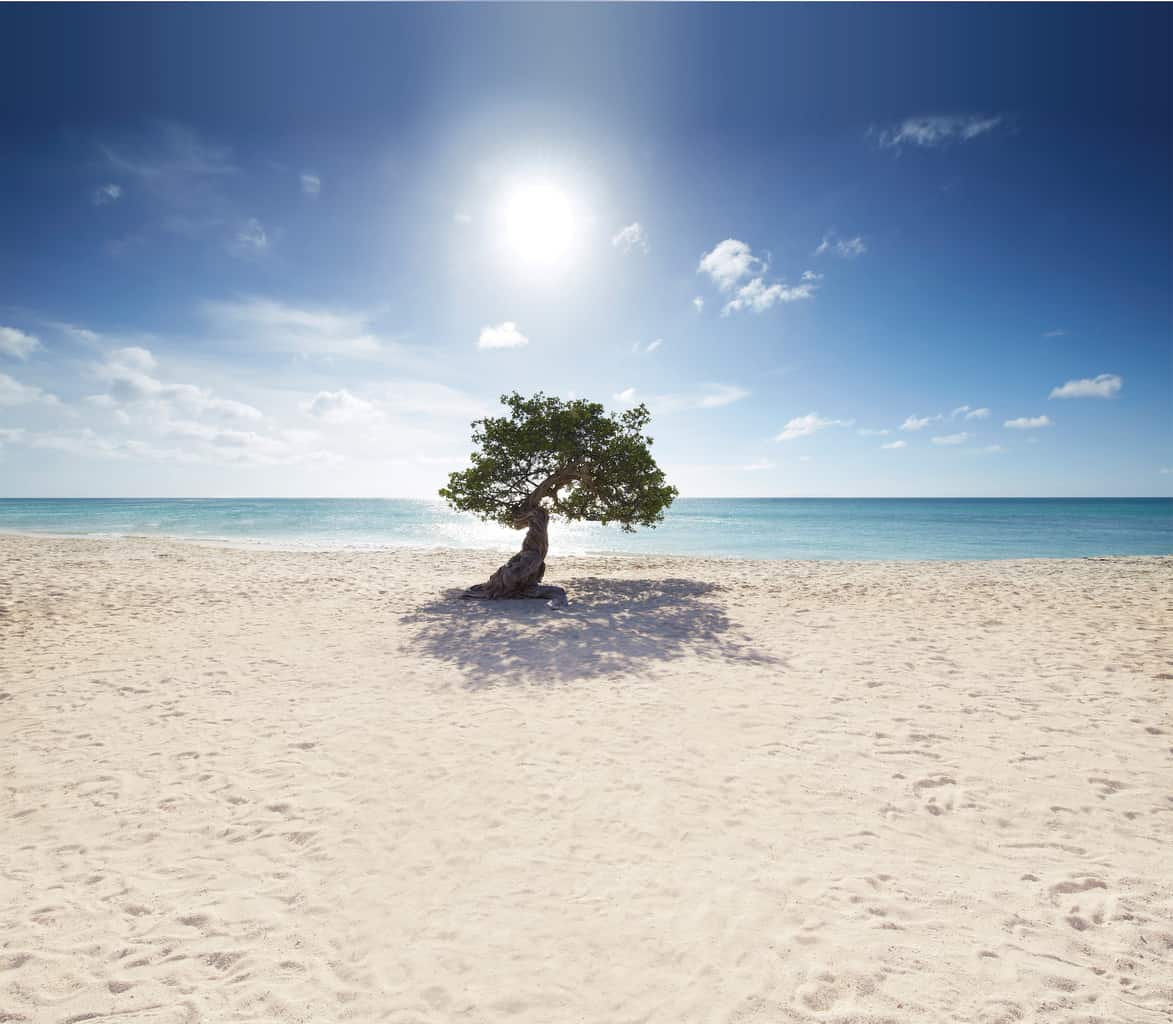
These pieces of content showcase the beautiful scenery of the happy island, highlight a wide range of activities and adventures, and introduce you to locals and insiders. Plus, every piece of media is easily shareable, creating an incredible ripple effect for the campaign. Take a look.
Best of all, the team beat all of their goals, with an uptick in time on page, extremely low bounce rates, and high play rates on video content. And, they achieved their objectives of highlighting the destination’s hidden gems, and giving travelers a new, authentic perspective.
To learn how the campaign came to life, we reached out to Ed Malone, Area Director of North America at Aruba Tourism Authority, and Gregg Wasiak, Growth Director at the organization’s advertising agency, Concept Farm. Ed and Gregg answered all of our questions, giving us a behind the scenes look at the campaign. Plus, they also shared their top three tips for tourism and hospitality teams who want to get more creative with their marketing. Check out our Q&A below!
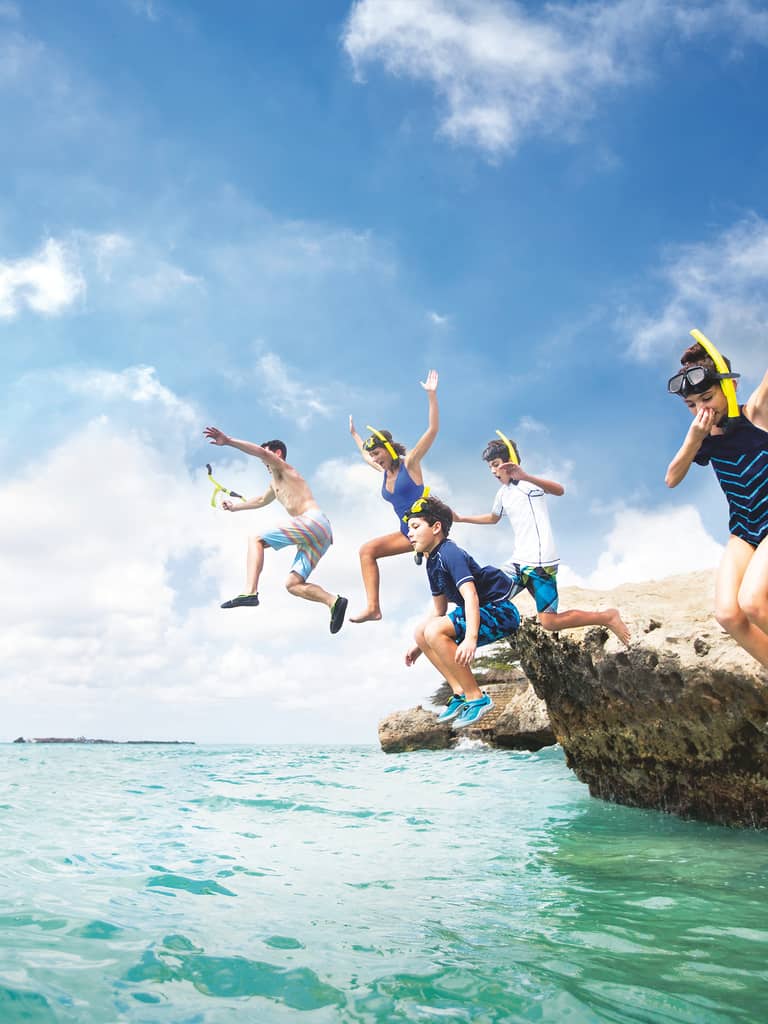
Where did inspiration for the 360 Map of Happiness come from? Tell us about what problem you were originally trying to solve.
For over 30 years, Aruba, which is the No. 1 most tourism dependent island, has been famously known as “One Happy Island.” It’s more than a slogan, it is an ethos adopted by the warm, happy people of the island.
All of our digital marketing efforts are rooted in our strategic imperatives. In addition to driving overall volume of visitation numbers, a key goal is to further drive on-island spend. One of the best ways to achieve this is to give visitors the pre-planning inspiration and digital tools to explore Aruba.
In doing so, it not only creates more activity booking (and subsequent on-island spend) but it also helps visitors maximize their time in Aruba, fall madly in love with the island and become a Happy Returner. It’s a win-win for both locals and visitors.
Also, as a mission set forth by the ATA’s CEO Ronella Tijn Asjoe-Croes, we strive to be the “Most Innovative and Creative Destination Marketing and Management Organization in the Caribbean.” That drives us every day and the Map of Happiness is a great example of that.
Related Content: The Five Best Tourism Websites to Inspire Your Visual Storytelling
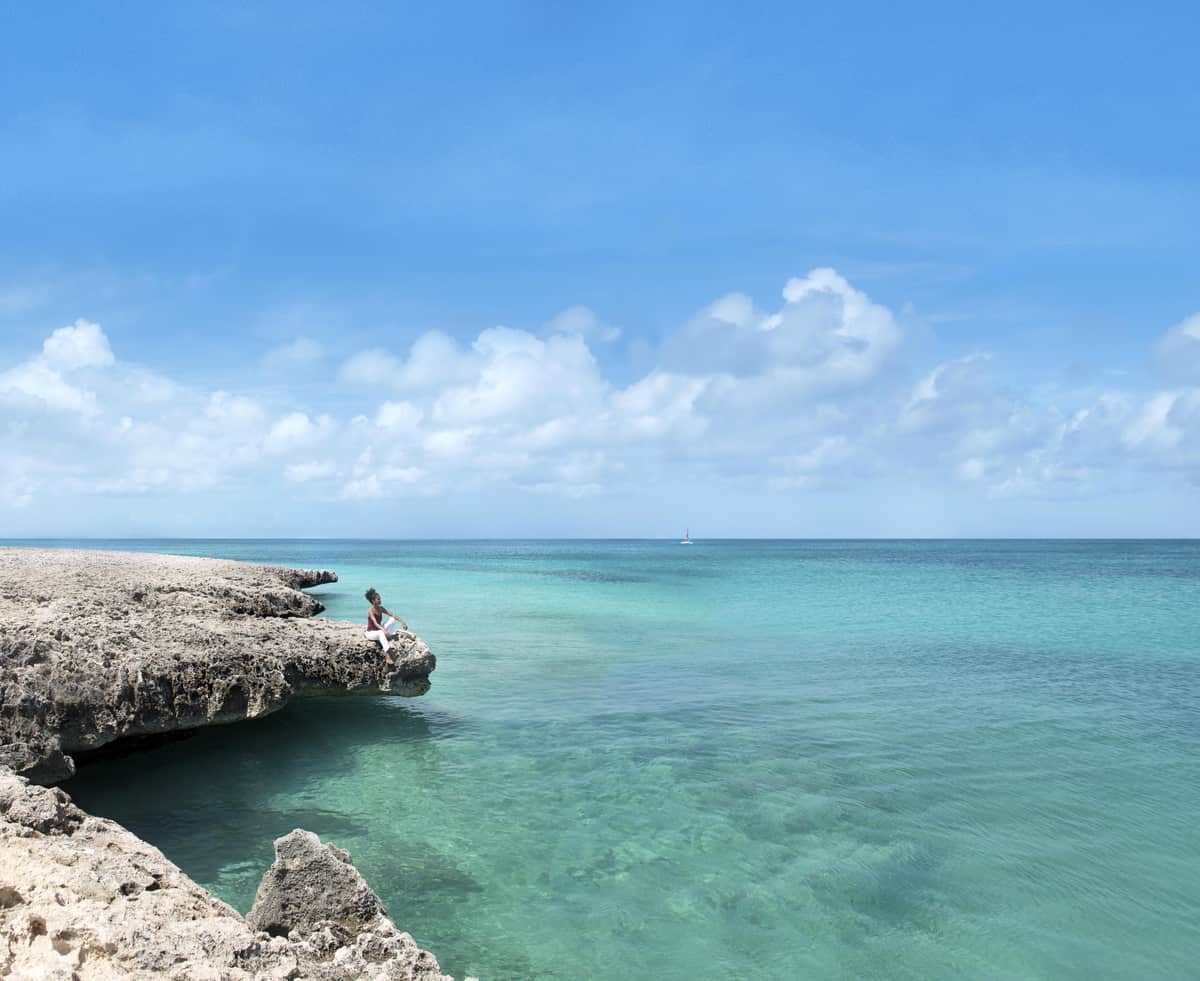
Tell us your thought process behind the images and video you included. What was your goal with visual content and how did you set out to accomplish that?
Aruba is well-known for its pristine, white sand beaches and stunning resorts and hotels. Eagle Beach was even named the No. 3 beach in the world by TripAdvisor in 2017. (That’s right, little Aruba!)
Our goal with the videos and photography you see on the map was to open up the diversity of Aruba’s natural beauty and cultural bounty. At only 19 miles long and six miles wide, Aruba is a tiny paradise, packed with so much to do. A content-driven map was a perfect vehicle to showcase that.
With the photos and video, our goal was to not only be inspirational, but to also be accessible. That meant not only showcasing beauty from above with epic drone photography of the island’s dramatic cliffs and coastlines, but also on-the-ground texture, putting the user right in the spot.
Most importantly, we wanted to have content with a local’s POV, giving users a real human connection to the island’s people.
Also, it was key to make sure the images and video appealed to our core market segments of families, empty nesters, and adventurous Millennials. And while they all have varying degrees of digital savviness, each are still able to find their own path when engaging with the map.
Related Content: Celebrating Outstanding Content Marketing: 2017 Libris Iconic Images Awards

What challenges did you face when gathering media assets for the map? Anything you would do differently next time?
Gathering all the video and photography content for a digital project of this scale was no small task. It was actually the culmination of a content gathering and curation over a few years.
One of the challenges was making sure we kept everything consistent. While we were gathering assets, we made sure to refresh older images and video with newer fresher content. It was a rolling curation, so to speak.
In the future, something we will do differently is use more of the high-quality user generated content (from both visitors and locals) that is becoming more prevalent and accessible.
As technology advances and there are more “real-people” shooting extremely high quality content, we need to scoop more of this up. We have also seen the talent of the Aruban photographers and videographers rise tremendously. After all, they know their island better than anyone, and we want to showcase their perspective.
Related Content: The Top PhotoShelter Photographers Your Brand Should Know

Serving up user-generated Instagram photos is very creative! How did you measure ROI for this part of the campaign?
Making sure we integrated real Instagram feeds to put users in the moment, with the ability to “go local and go social,” was very important to us. In this regard, our ROI here was less numeric and more engagement-driven as people have made the commitment to a deep dive in Aruba via the map.
We are seeing high time on site numbers and very low bounce rates (only 12-15%!).
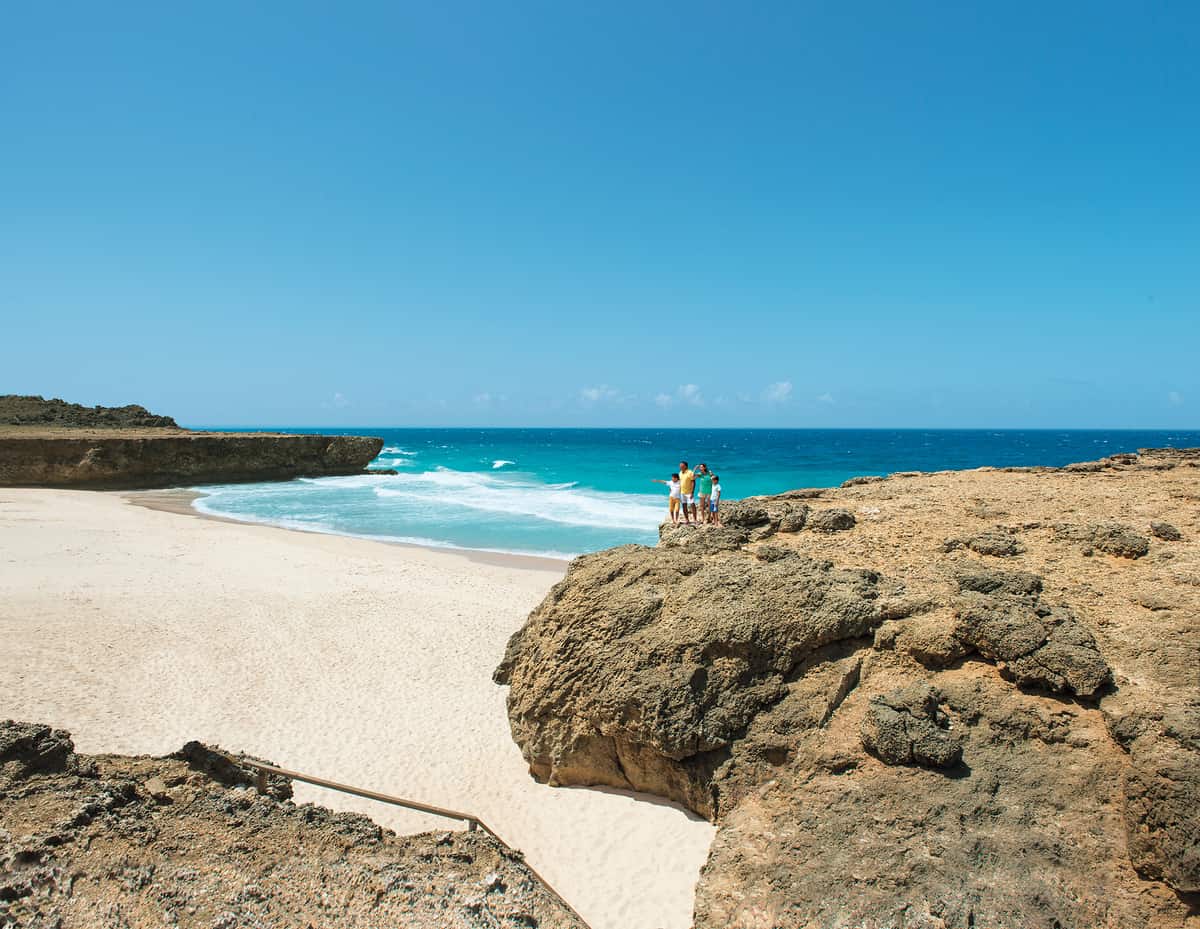
After all the hard work and a beautiful end product, which part of the map are you most proud of?
There are many parts we are proud of. We think the low-poly look of the map is charming and user friendly. We had many other design options — some that were more techy and detailed — so choosing to go this route was a smart choice. It also allows us to update and add more island landmarks and change out content easily with a simple CMS.
We’re also proud of the locals integration. To be able get insider tips from the Arubans that love their happy home, takes things to another level. This all ladders up to our bigger Authentic Aruba brand positioning. The same reasons the Aruban’s love living in their island paradise, are the same reasons you’ll love to visit!
We’re also proud that we created a platform that can be expanded upon in the years to come as the island’s product and experience evolve, and be utilized by all of Aruba’s global markets.

What three tips do you have for other tourism or hospitality companies who want to be more creative with their visual content and overall marketing efforts?
1. Powerful visual storytelling will keep consumers engaged.
Research and data should always anchor the brand strategy, but at the end of the (digital) day, we humans are viscerally moved by visuals. On top of that, always remember that it’s the story that connects people on a deeper level. So ask yourself: What story are you trying to communicate?
2. Commit to being a content publisher.
Today’s landscape requires that advertisers and brands become content machines. That means not only making a financial commitment, but your marketing department should be structured and organized to deliver this content consistently. It can’t be something you do on the side. It has to be a priority.
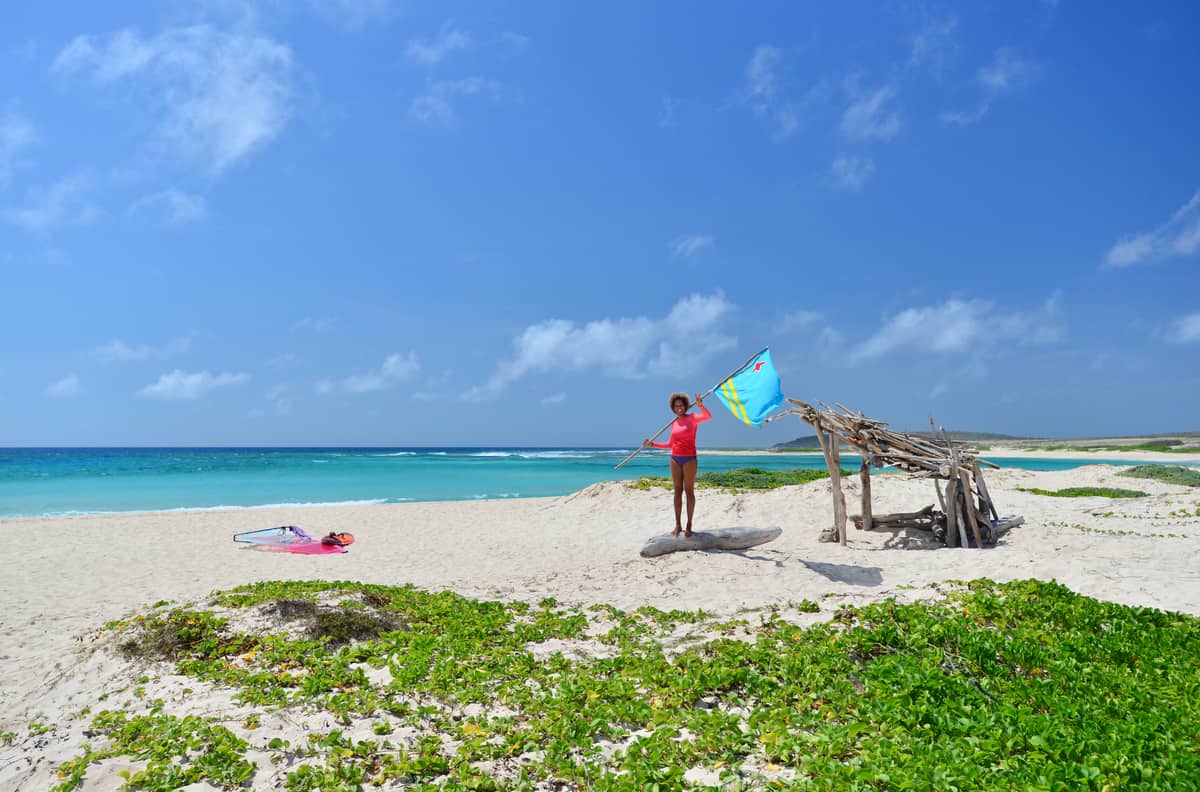
3. Always (smartly) experiment with new initiatives.
Find the progressive tactics, techniques, social tools, and partnerships that could help expand your reach. And don’t be afraid to take risks! Risks can create breakthroughs and will inspire both your internal team and those who interact with your brand.
Case in point: Two years ago we said, “Hey, what if we were to map the island and create a 360 digital experience where visitors can choose their own filters, discovers the island’s landmarks and local treasures, watch amazing visual content and share their experience in real time?” The idea seemed too big and challenging, but we took it on and here we are.
Today, it’s an incredible honor to win the Libris Pioneer in Visual Storytelling Award for our Map of Happiness, especially among all the travel industry titans. It was hard work, but well worth it. Now, we can’t stop thinking about what’s next for our happy island!
Related Content: 11 Public Relations Tips for Travel & Tourism From PRSA Travel

